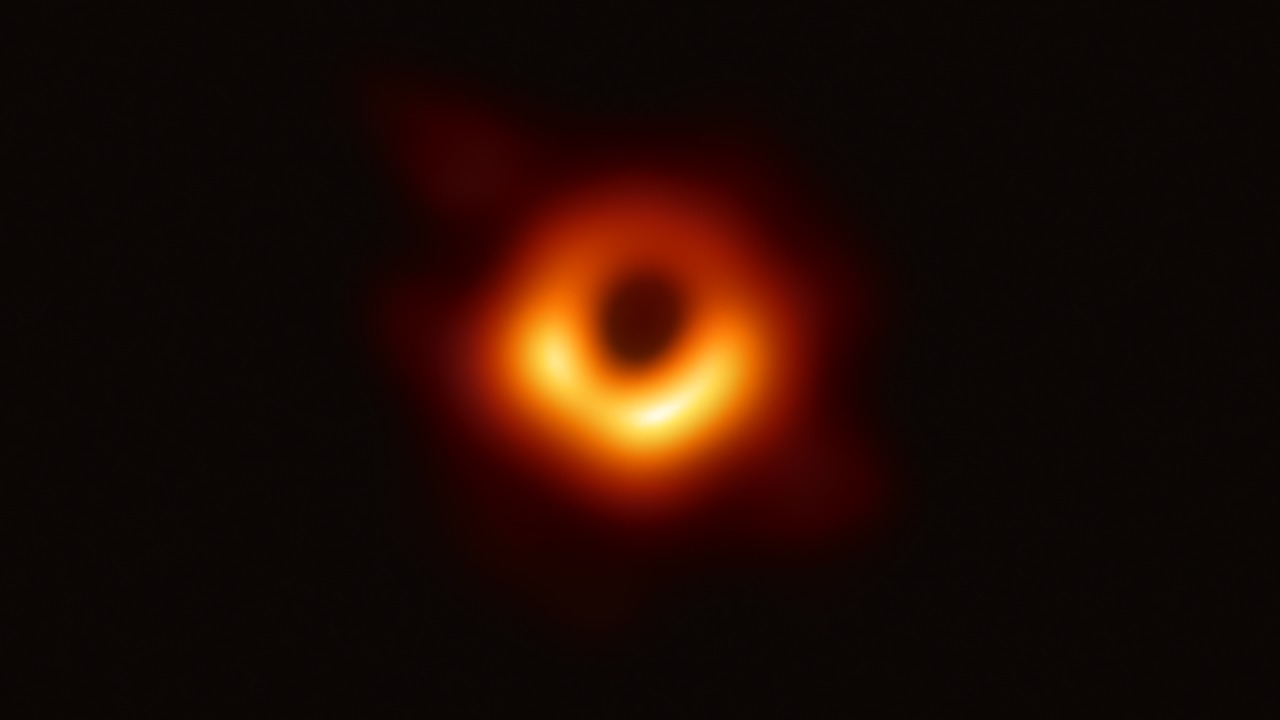
Black holes are one of the universe’s most enigmatic phenomena. They defy our understanding of physics, challenging our perceptions of reality with their extraordinary characteristics. As astronomers study these puzzling cosmic entities, they learn more about how they bend reality and what this might mean in our efforts to understand the universe around us.
Distorting Spacetime: How Black Holes Warp the Universe
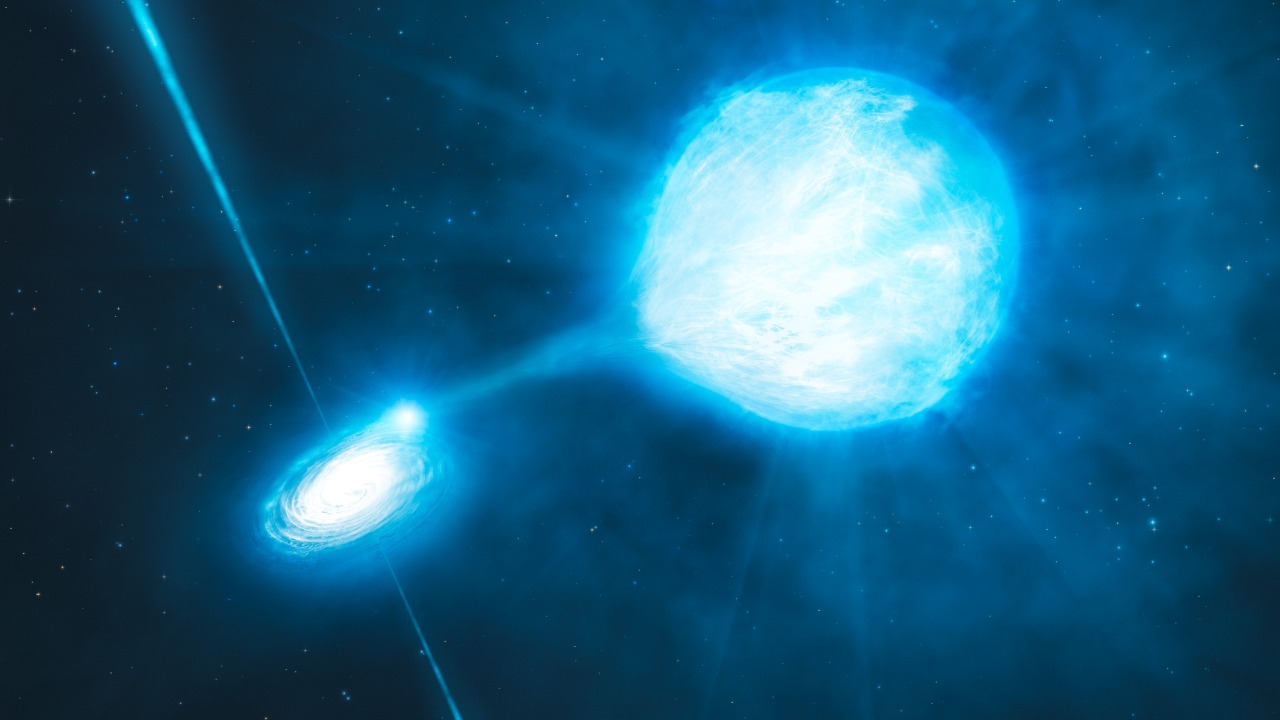
Black holes have a profound impact on the very fabric of space and time. Their intense gravitational pull causes spacetime to curve, creating a gravitational well. This distortion of spacetime is what causes objects to fall into the black hole. It’s akin to a bowling ball sitting on a stretched rubber sheet, the ball creates a dip which nearby objects roll into.
These gravitational wells are so deep that even light, the fastest thing in the universe, cannot escape their pull. This warping of spacetime is at the heart of our understanding of black holes.
Time Dilation: The Phenomenon of Slower Time Near a Black Hole

One of the most intriguing effects of a black hole is time dilation. As you approach a black hole, time begins to slow down relative to an observer far away. This means that if you were to hover near a black hole for a while and then return to Earth, you would find that more time has passed on Earth than for you. This strange phenomenon is a direct result of the intense gravitational pull of black holes.
The concept of time dilation is not just theoretical. It has real-world impacts on technology such as GPS satellites. These satellites must account for the slight time dilation caused by their distance from Earth’s gravitational well to provide accurate location data.
The Singularity: The Unfathomably Dense Core of a Black Hole
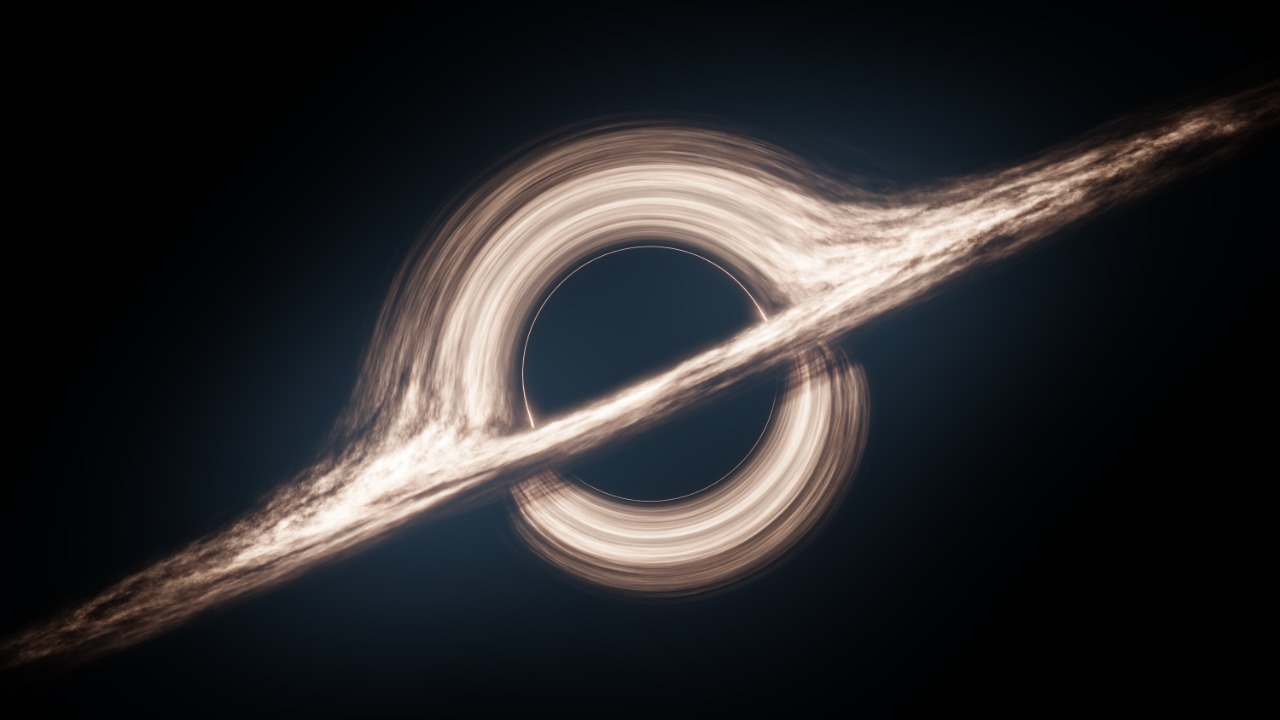
At the heart of a black hole lies a singularity, a point of infinite density. The laws of physics as we know them break down at this point, leading to a myriad of mysteries and speculations. Is there a universe inside every black hole? Could a singularity be a gateway to another dimension? These questions remain unanswered, making singularities one of the most fascinating aspects of black holes.
Black holes and their singularities have been the subject of many popular science fiction films, often depicted as portals to other parts of the universe or different dimensions.
The Event Horizon: The Point of No Return
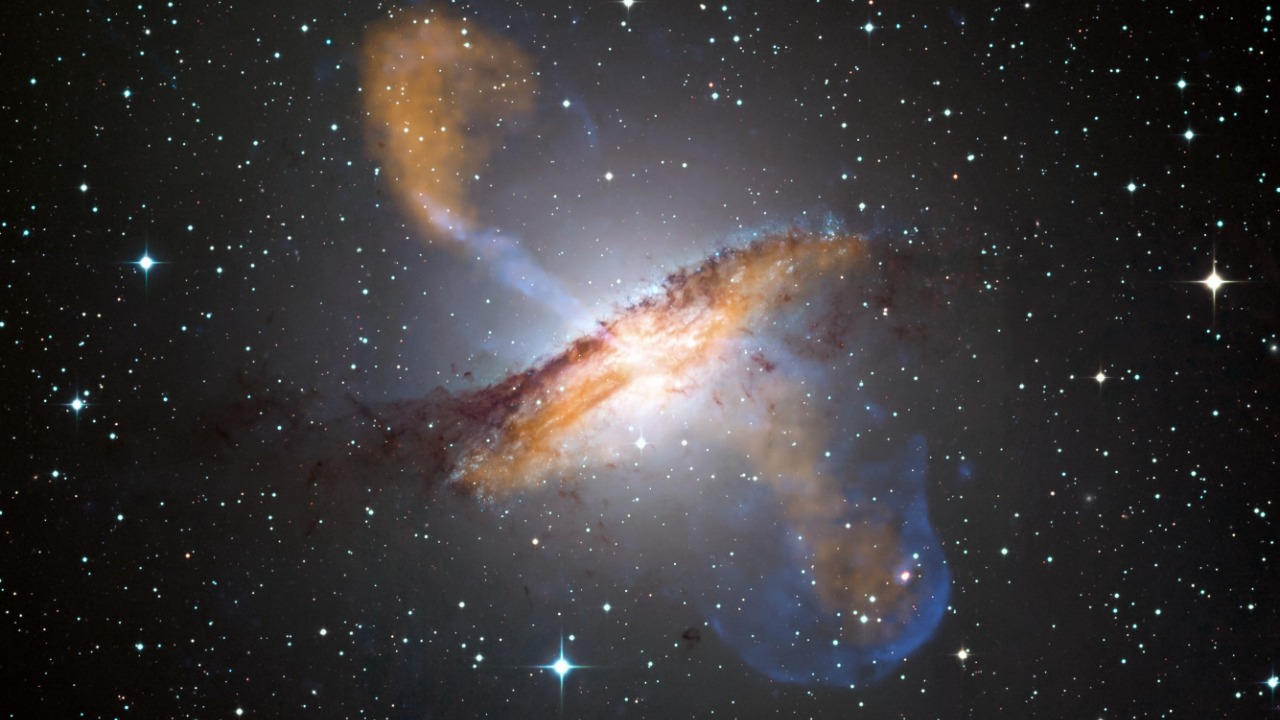
The event horizon of a black hole is the boundary beyond which nothing can escape, not even light. Once an object crosses this threshold, it is forever lost to the black hole. The event horizon is essentially the point of no return. However, to an external observer, time appears to slow down as an object approaches the event horizon, and it appears as though the object never quite crosses it.
Despite its ominous reputation, the event horizon is not a physical barrier. You wouldn’t feel anything special as you cross it. But once you do, there’s no coming back.
Gravitational Lensing: How Black Holes Bend Light
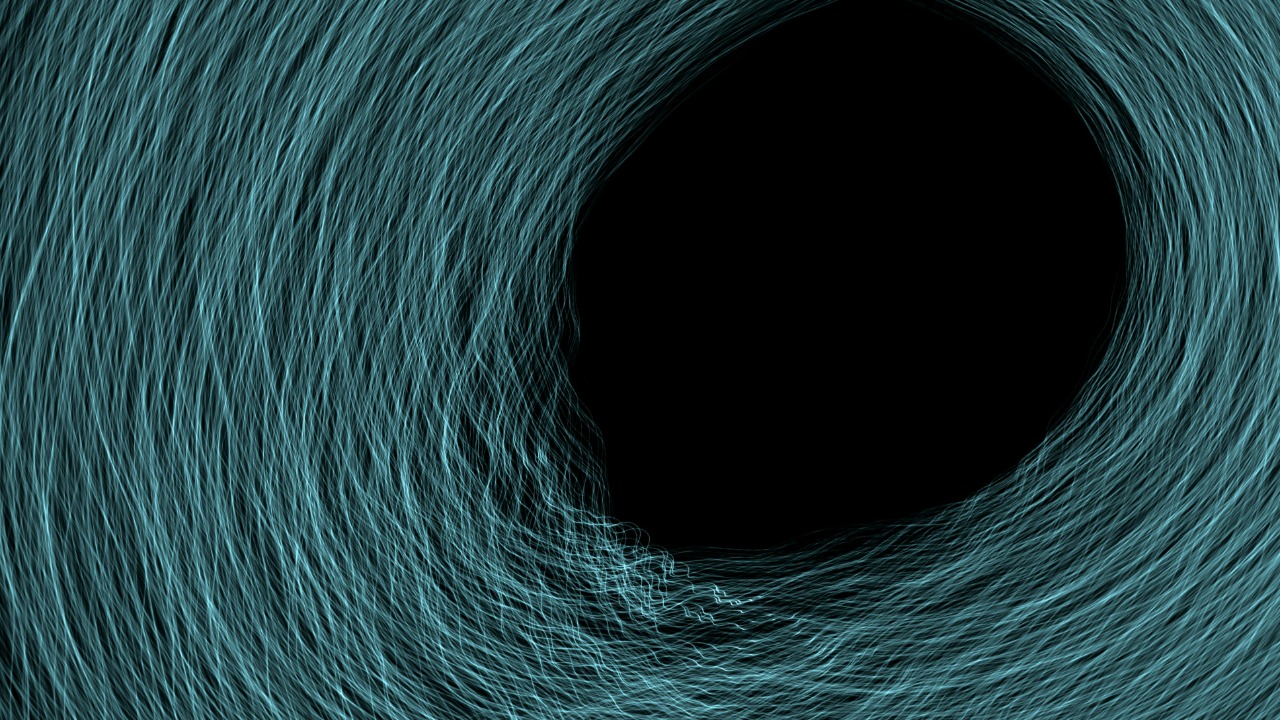
Black holes can bend light around them, acting like a cosmic lens. This phenomenon, known as gravitational lensing, can lead to some intriguing optical effects. For instance, a distant object that’s directly behind a black hole from our perspective could still be visible due to the light being bent around the black hole.
Gravitational lensing has been used to detect distant galaxies and even other black holes. It’s another demonstration of the way black holes can bend reality.
Hawking Radiation: The Puzzling Emission from Black Holes
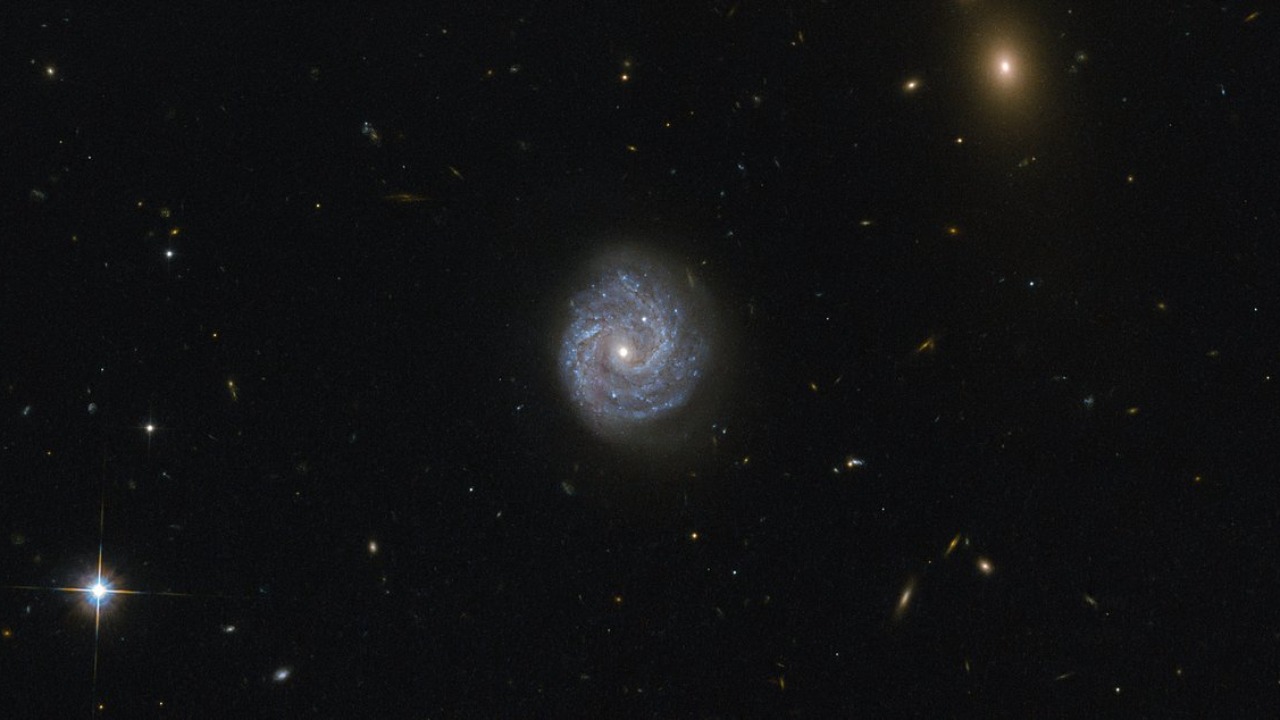
Despite their reputation for devouring everything in their path, black holes are not completely black. They emit a faint radiation known as Hawking Radiation. This phenomenon, predicted by physicist Stephen Hawking, arises from the bizarre world of quantum mechanics. It suggests that black holes can slowly lose mass and eventually evaporate over time.
Hawking Radiation hasn’t been observed directly yet. But its prediction has had significant implications for black hole physics, including the possibility that black holes could have a temperature.
Black Holes’ Influence on Galaxy Formation
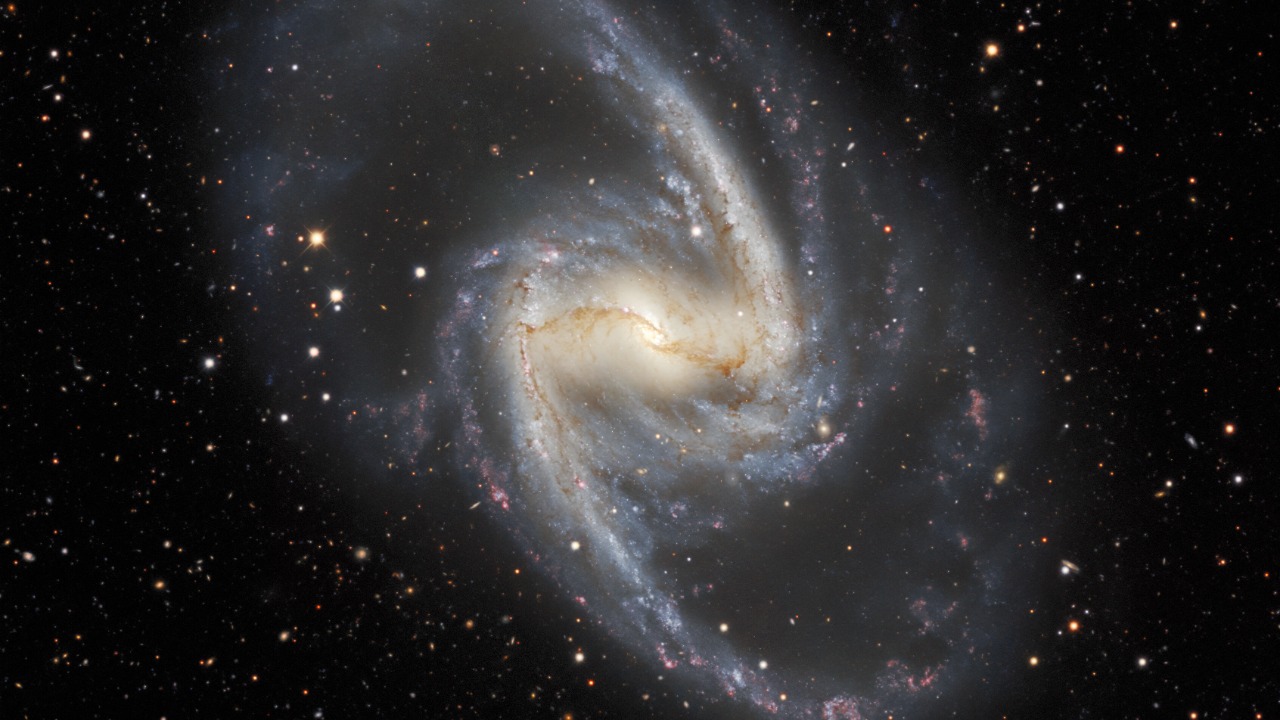
Black holes don’t just distort reality, they also play a key role in the formation and evolution of galaxies. Many galaxies, including our own Milky Way, have a supermassive black hole at their center. The gravitational pull of these black holes can influence the motion of stars and gas around them, potentially triggering the formation of new stars.
Moreover, the energy released by material falling into the black hole can heat up surrounding gas, preventing it from cooling and forming new stars. This interplay between black holes and their host galaxies is still a topic of active research.
Accretion Disks: The Swirling Clouds of Matter around Black Holes
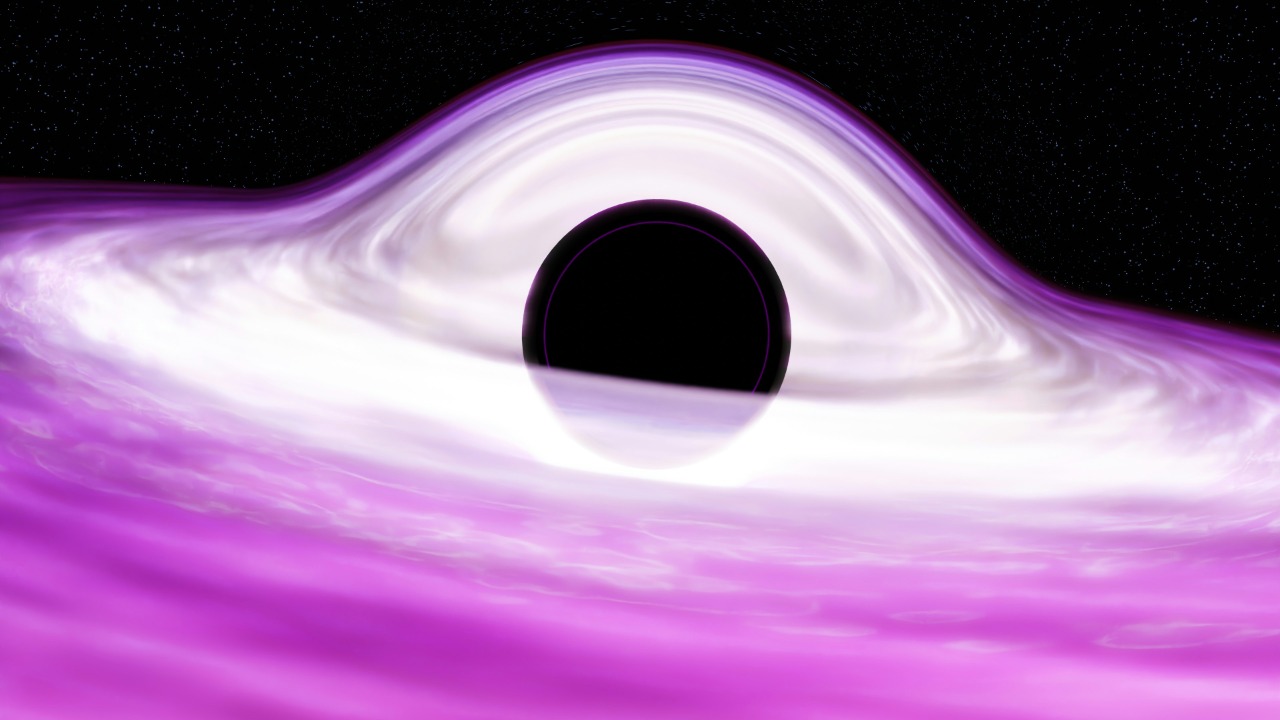
Material that gets too close to a black hole can form a rotating disk around it, known as an accretion disk. These disks are made up of gas, dust, stars or even entire galaxies that have been ripped apart by the black hole’s gravity. As this material spirals into the black hole, it heats up and emits intense radiation, often outshining all the stars in the host galaxy.
Accretion disks are one of the few ways we can detect black holes. They are often seen in X-ray light, which can penetrate the dust and gas that often obscures a black hole.
Quantum Entanglement and Black Holes: The Mystery of Information Paradox
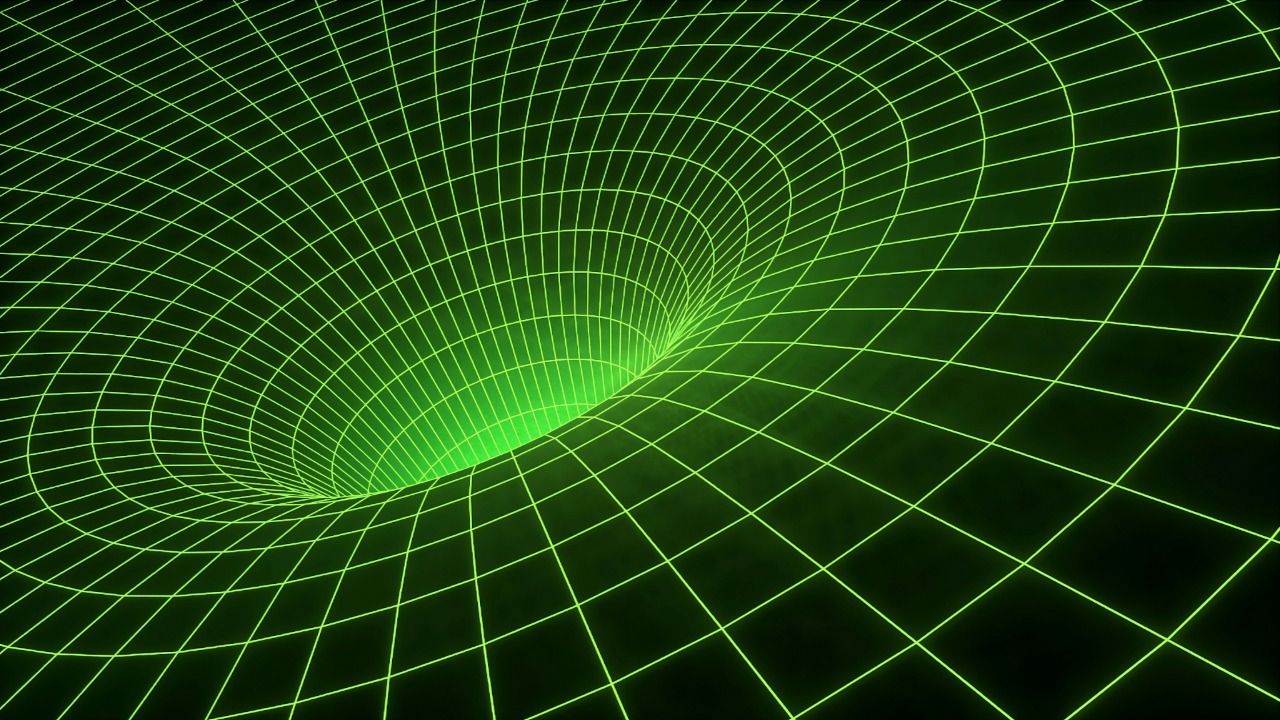
The black hole information paradox is one of the greatest mysteries in modern physics. It arises from the clash between quantum mechanics and general relativity. Quantum mechanics states that information can never be destroyed, but a black hole seems to erase information forever when it swallows matter.
One proposed solution to this paradox is the concept of quantum entanglement, where particles are linked in such a way that the state of one instantly affects the state of the other, no matter the distance. But how this works in the context of black holes remains one of the most puzzling questions in physics. For more mind-bending ideas about black holes, check out this list.